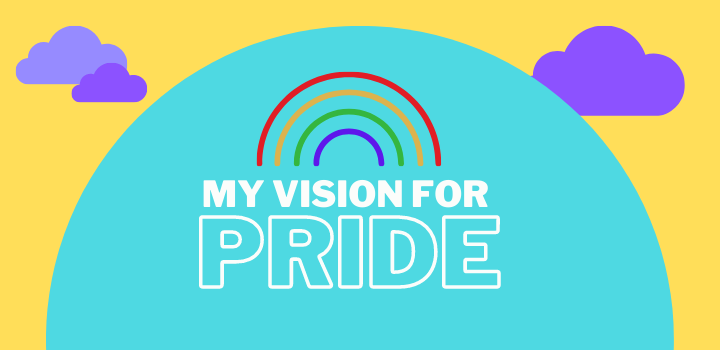
Re-envisioning Pride
As you look around, we have a lot to celebrate in Pride ’21. We see Queer excellence everywhere, from Billy Porter on Pose to Demi Lovato coming out as nonbinary. Elliot Page on the cover of Time testifies their transgender identity and literally saving lives. Our Queer community is showing the world that being trans is a gift and being Queer is a superpower. *sing with me now, cue “I’m Coming Out“*
Stop and think—like really, really think—about just how FAR we have come. It’s emotional, right? I can’t help but get choked up when I think about it all.
OK, catch this. Fifty-ish years after Stonewall, we have grown into a multi-racial, multigenerational movement that adopts intersectionality. We are lifting voices that had been previously silenced and finding ways to honor our elders while holding them accountable for the changes they fought for, and also for when they left people out.
Pride’s history
Let’s dig into Stonewall. Fed-up AF freaks sparked an uprising in 1969 at the Stonewall Inn. Exceptional humans such as Marsha P. Johnson and Sylvia Rivera were at the forefront of organizing the movement.
Pride didn’t start with Stonewall, though. While modern Pride typically shares this as the one/only moment of “the beginning”, it wasn’t the first time we Queers used our voices to shake things up. The Mattachine Society had their first meeting in 1950 and by 1952 was protesting police entrapment of gay people, at a time when certain sodomy laws could land you life in prison. In 1966, a group of Trans women threw a cup of coffee into the face of a police officer who was harassing them. The Compton Cafeteria riot followed, and the Trans rights movement in San Francisco was born. Like George Floyd, Stonewall wasn’t the first; it was the spark that lit the fire.
Here’s what separates Pride™ from Pride: Queer peeps have struggled to sit at the same table with our non-Queer peers since, like, the beginning. Some groups realized they could secure equality faster by conforming to society’s expectations of whiteness and wealth. Enter wealthy, white gay men, ready to calm political social anxieties around Queerness with a promise: “The freaks are over there—we’re just like you!”
The freaks? They were predominantly Trans, Black, Brown, and poor.
Truth
The movement is imperfect. To review the flaws in our history is to examine how to reshape the future. Take policing and Pride, for example. Queer, Gay, Trans, and other parts of the LGBTQ movement have struggled to see the relevancy of why police-free Pride should be normalized, in spite of police consistently victimizing (and sometimes, killing) Queer people.
To move ahead, we gotta carry multiple things at the same time. Our race, our culture, our identity, our sexuality. And we have to do it from a place of joy. How can we center joy in the process of healing, of moving forward? Can we reconcile progress while finding liberation for anyone that’s been othered by privilege? Can we place joy as one of the intersections for how we consider our actions as we move forward? We can. We will!
Moving forward
The future of Pride is for the community, by the community. It’s designed to optimize community safety, joy, and freedom of expression.
Pride isn’t toned down by corporations. Recommitting to Pride means that companies are funding the most urgent needs within the Queer community while understanding this isn’t a moment for them to make sales. Companies need to be held accountable for their actions, and we’ll continue to question their role within Pride. The same goes for politicians; we will always question their agenda when involving themselves in Queer spaces.
Pride is unabashedly intersectional. The interconnectedness between Queer justice, racial justice, gender justice, environmental justice, economic justice, the stolen land we stand on, and the immeasurable contributions that indigenous two-spirit peoples have made to the Queer movement is undeniable. When we stand as a community, we bring together everyone LGBTQ and all of their intersections.
Pride is a protest. Pride is not Pride if we aren’t making calls for change. Pride should always be a radical cry for justice.
Pride is healing. We need spaces to heal. Pride must be a space to bring our trauma and build our resiliency.
Pride is a space for dreams. There are so many spaces where we spend all of our energy focused on what we are fighting against and nothing on what we are fighting for.
However you show up for Pride, it’s about honoring the sacrifices of our elders and centering the joy we so greatly need. It’s less about agree/disagree with the ideas of Pride, and all about finding your place within Pride.
It’s not happening fast enough, and we won’t see a perfect Pride overnight. Growth is uncomfortable. Change is hard. Becoming is scary. But we are here, dammit. And the joy lies in the fact that we have choices, resources, and capabilities that those who came before us could only dream of. The possibilities are making my Queer eyes just a bit watery.

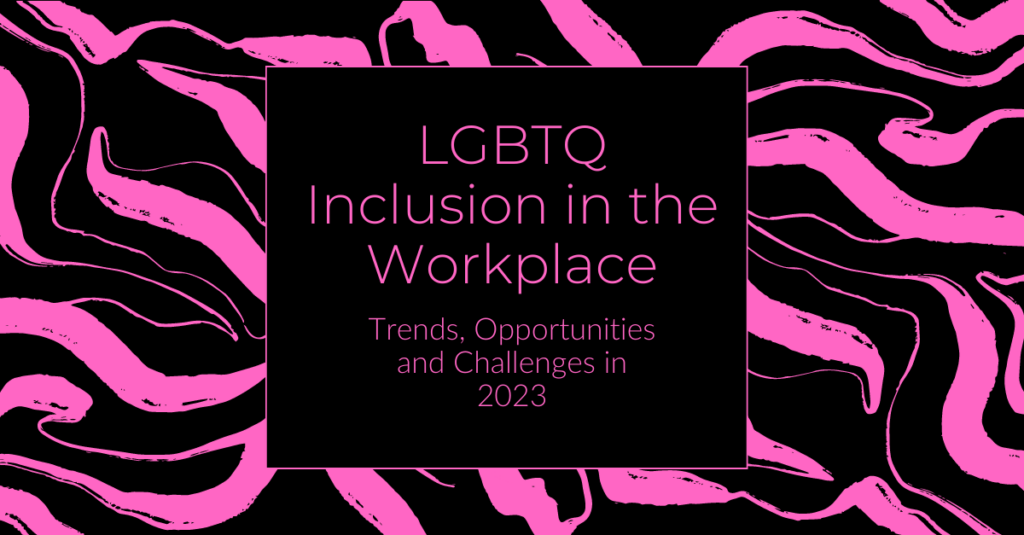
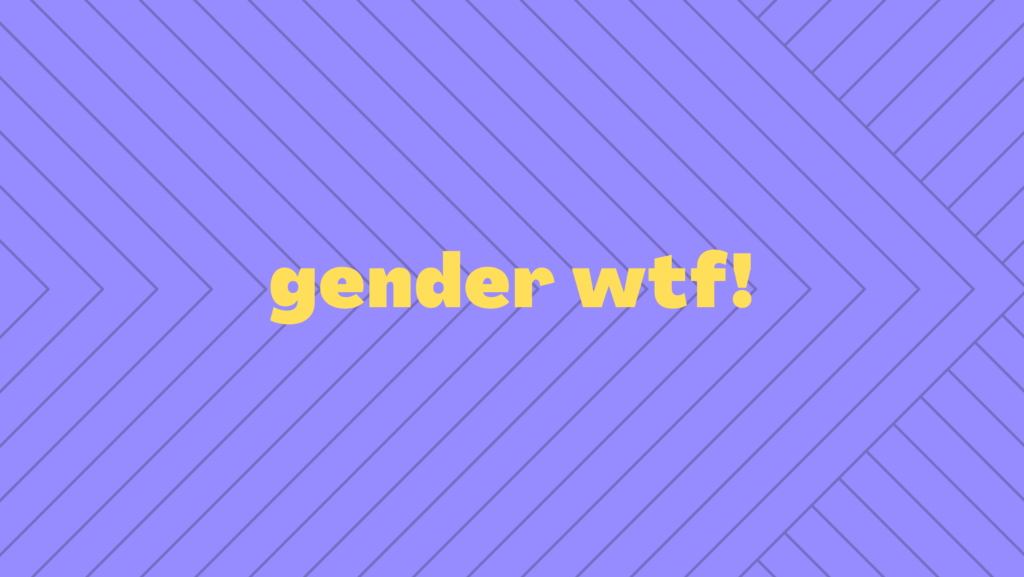
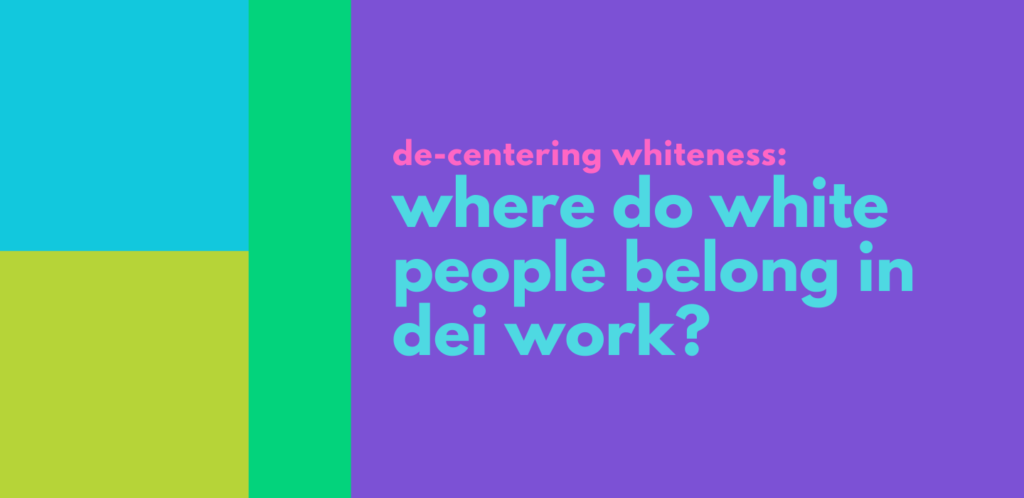
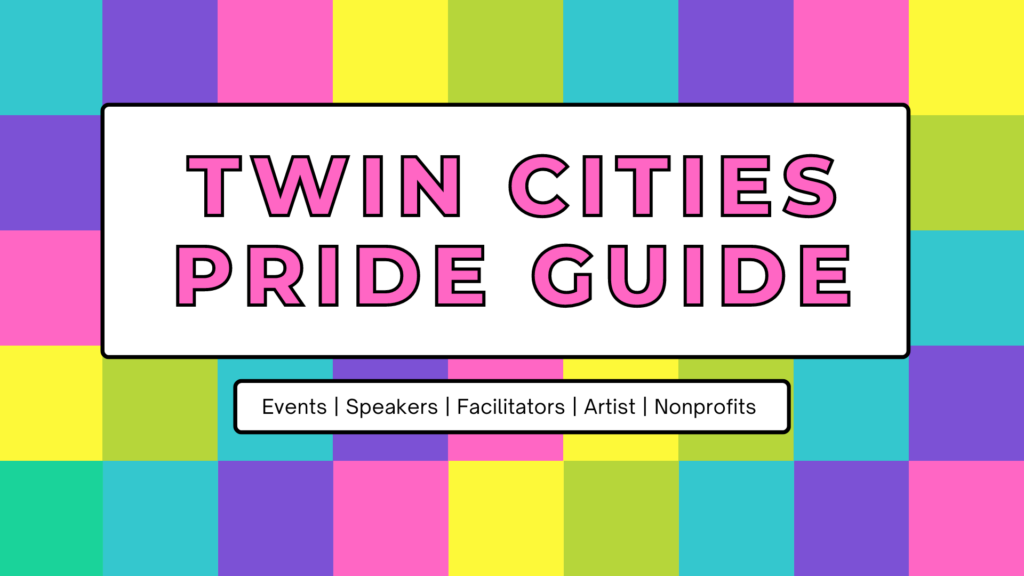
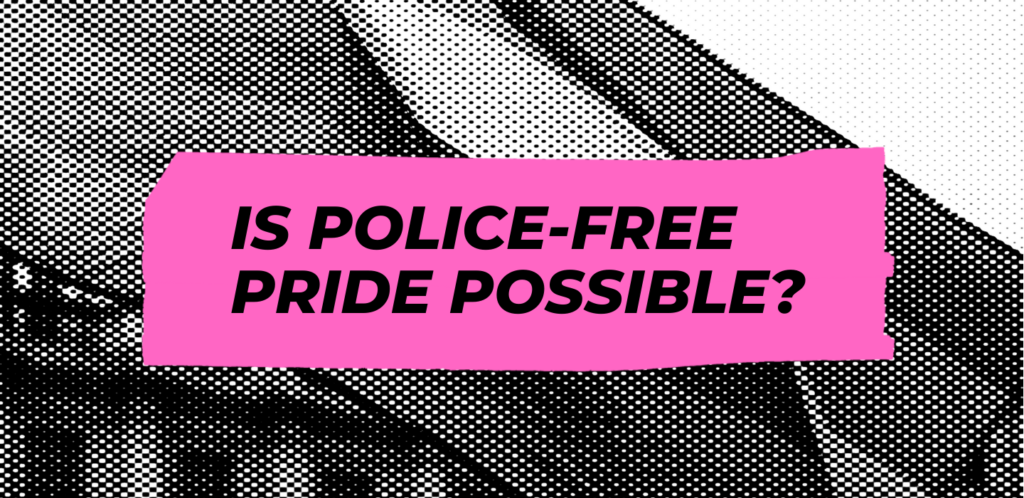
Responses